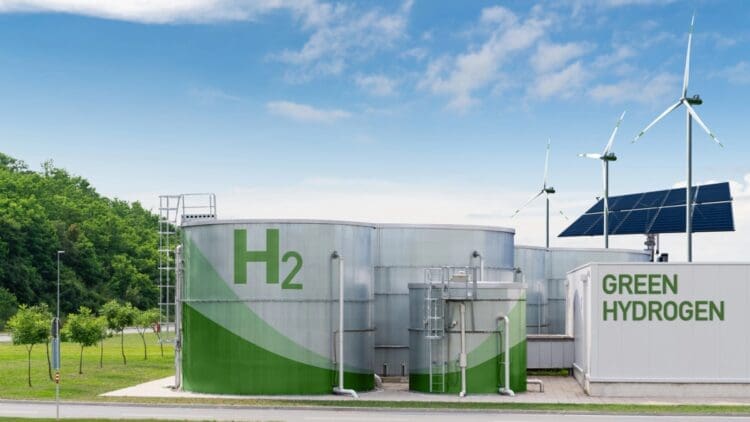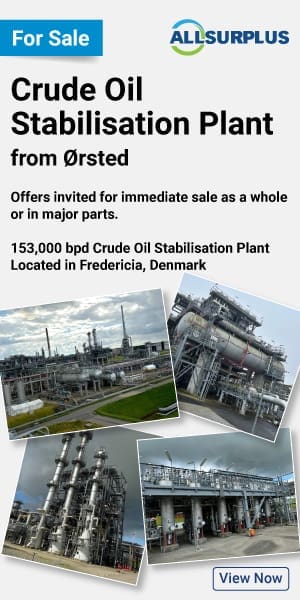As the world enters a future without the need to rely on the conventional energy sector, like coal and gas, Uzbekistan has announced its plans to begin green hydrogen production by mid-2025. The global reliance on the non-renewable energy sector has served mankind well; however, as energy demand increases across the globe, the inevitable consequences of the proclivity for the coal and gas sectors have led to devastating climate change that has ravaged regions of the world. Uzbekistan hopes to become a leader in the hydrogen energy production industry.
ACWA Power is implementing two green hydrogen projects in Uzbekistan
ACWA Power has, over the past few decades, become a global leader in the renewable energy sector. The company has vast expertise in the sector in several countries. Recently, at the Tashkent International Investment Forum, Abid Malik, President of ACWA Power for Central Asia, announced the company’s plans to begin green hydrogen production by mid-2025.
According to Mr Malik, ACWA Power has two hydrogen projects in Uzbekistan and Saudi Arabia. The Uzbek project is particularly interesting as it has an annual production capacity of 3,000 tonnes of green hydrogen.
“We believe this will elevate Uzbekistan’s position on the global green hydrogen map.” – Abid Malik, President of ACWA Power for Central Asia
The initiative comes after President Shavkat Mirziyoyev inaugurated the construction of a pilot green hydrogen facility in the Tashkent Region, in cooperation with ACWA Power. That approval and inauguration came in November 2023.
Notably, Uzbekistan’s energy sector has attracted $181 million in investment in Q1 2025 alone. Over the past five years, 23 new chemical plants have been commissioned in Uzbekistan, exemplifying the nation’s broader push to modernize and digitize the country’s chemical sector.
The green hydrogen facility in Uzbekistan will be implemented over two phases
The Uzbek government has noted that the project has a total investment value of $88 million and will be implemented over two phases. Phase one will see the project aiming to produce 3,000 tonnes of green hydrogen annually starting in 2025. While the European Union faces delays in the adoption of RED III, which aims to fast-track hydrogen offtake agreements, Uzbekistan is moving forward with its plans to modernize its energy sector through the green hydrogen project.
Phase two is where the tangible results of the project will come into focus. Phase two calls for the establishment of a facility in Chirchik to produce up to 500,000 tonnes of ammonia per year using green hydrogen. Additionally, phase two will also see the construction of a wind power plant with an installed capacity of up to 2.4 gigawatts.
The announcement of the green hydrogen project being developed by Saudi ACWA Power aligns perfectly with the nation’s strategy to expand renewable energy use as well as reduce emissions in a region of the world that has become known for its coal and gas sectors. Other nations on the opposite side of the world are also approving hydrogen projects that could catapult the sector into public attention.
Hydrogen will become the fuel of the future if the current trend continues in the global energy sector
Hydrogen is the most abundant element in the universe. Nearly everything on earth has some percentage of hydrogen as part of its structure. Uzbekistan is attempting to become a regional leader in the adoption and implementation of huge hydrogen projects that help diversify the nation’s energy sector. Namibia has plans for a 3 GW solar-to-hydrogen and ammonia project, exemplifying the global energy sector’s transition away from fossil fuels towards the renewable energy sector. Uzbekistan will be hoping to commission more hydrogen projects in the not-too-distant future as the nation decarbonizes and modernizes its energy sector.





